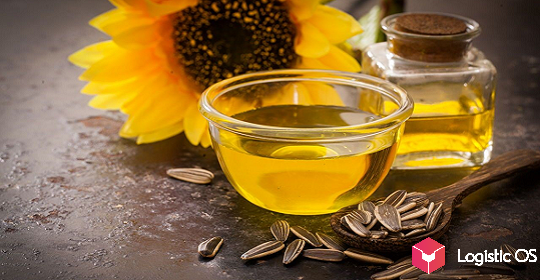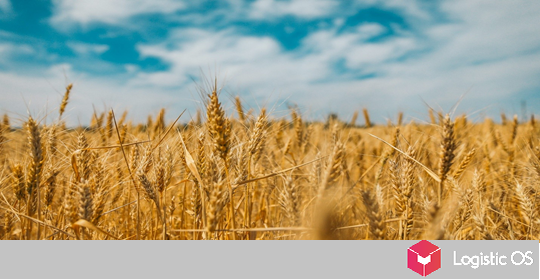Currently, the Russian Federation not only sets new records for the flax harvest, but also increases its share in the world market.
The production of flax in Russia until recently was not put on a grand scale: it was considered a «niche culture».
But recently, for a number of reasons, the production of flax began to gain momentum.
Among these reasons, for example, the high marginality of flax, the absence of export duties on it, as well as the fact that this product is very popular abroad.
In Russia, its consumption, on the contrary, is practically not developed. This makes it possible for almost everything that was produced to be immediately exported.
Where is flax grown in Russia?
First of all, this is Altai (16% of the total Russian production of flax), followed by the Omsk region (10%), Kurgan, Rostov, Novosibirsk.
In general, most of the flax in the Russian Federation is produced in Siberia and the Far East.
And every year the production is growing.
In the last 4 years, there has been a real breakthrough in the volume of flax cultivation, and this season it is possible that a new record will be set.
In the same Altai Territory, 270 thousand tons of flax seeds were harvested last year. Over the past 10 years, this figure has increased by 7 times.
This is facilitated by both extensive expansion of production (the use of new areas for flax) and intensive expansion (the use of modern technologies that make it possible to obtain more products from each hectare).
Where is Russian flax in demand?
At present, China is the main buyer of such a product; it buys up to 70% of flax seeds produced in the Russian Federation.
At the same time, it is far from alone in the list of countries ready to purchase flax from Russia. It also includes Belgium, Poland, Latvia, Kazakhstan, Turkey.
At present, there is every reason to expect an expansion of this list of countries: it may also include other states of Asia and the Middle East.
The most serious competitor of Russia in the oilseed flax market is Canada.
But here we have one very important advantage: Russian flax is grown without the use of GMO technologies, while almost all Canadian flax contains GMOs.
Different countries have different attitudes towards this technology, but the Russian product without GMOs can eventually be exported almost anywhere and without any restrictions.
Therefore, there is every reason to expect that in the coming years, the production of oilseed flax in Russia, as well as its export, will most likely continue to gain momentum.

